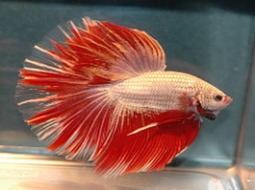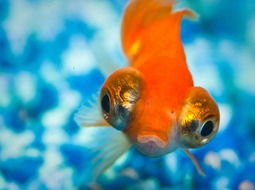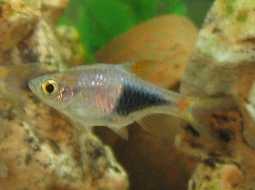
Loading Aqualapp ...
Care and Compatibility of Wasp Goby - Brachygobius Xanthozona
Introduction
The Brachygobius Xanthozona, commonly known as the Yellow Dwarf Goby or Wasp Goby, is a small fish from the Gobiidae family native to Southeast Asia. It has an elongated and laterally compressed body, with a bright yellow color and dark spots on its sides. It has an elongated and pointed dorsal fin, and its eyes are large and prominent. It is a tiny fish that reaches a maximum length of about 4 centimeters. Due to its small size and active behavior, it is recommended to keep it in aquariums of at least 20 liters with an ample amount of hiding spots, live plants, and proper filtration.
Behavior
The Brachygobius Xanthozona is an active and curious fish. It is known for its ability to jump and explore its surroundings. It can be seen swiftly swimming throughout the aquarium and examining every corner in search of food or interesting places to investigate. It is peaceful and usually gets along well with other fish of similar size. However, it is important to provide enough space and hiding spots to avoid territorial conflicts. Keeping them in groups of at least 4 individuals is recommended to promote their social well-being.
Sexual Dimorphism
Sexual dimorphism in Brachygobius xanthozona is minimal and difficult to distinguish. Both males and females have a similar appearance. During breeding season, they may exhibit more pronounced territorial and courtship behavior.
Reproduction
The reproduction of Brachygobius Xanthozona in the aquarium environment has been reported but can be challenging. It is an oviparous fish, and males are responsible for building nests to deposit the eggs. After spawning, males guard and protect the eggs until they hatch. Selective breeding and the use of brackish water can facilitate the breeding process in captivity. However, it is a complex process and requires specific conditions. It is recommended to research further on the breeding requirements and seek advice from experienced aquarium hobbyists before attempting to breed this species.
Aquarium Conditions
Brachygobius xanthozona is a freshwater goby that requires an aquarium with an area of fine sand or gravel and plenty of rocks and driftwood as shelter. It prefers slightly brackish to freshwater. Aquarium décor should include areas with gentle currents and hiding places. Maintaining water quality is crucial and providing a varied diet.
Feeding
The Brachygobius Xanthozona is an omnivorous fish that feeds on a variety of foods. In the wild, it primarily feeds on small aquatic organisms, insects, and larvae. In the aquarium, it will accept commercial foods such as flakes, pellets, and frozen foods like daphnia and brine shrimp. Live foods such as grindal worms, microworms, or mosquito larvae can also be offered. It is advisable to provide a varied diet to ensure that it receives all the necessary nutrients for its health and vitality.
Complexity
Caring for Brachygobius xanthozona can be moderately challenging. They are active and curious fish that require a well-established aquarium and quality water. They are omnivores and accept a variety of foods, including live and frozen foods. It's recommended to keep them in groups and provide them with a balanced diet.
In case you need more help, or if you want to know into any topic related to the Brachygobius Xanthozona (Wasp Goby) and even any other species you can use the forums to ask what you need.
To do an analysis more detailed about coexistence and behavior of Brachygobius Xanthozona (Wasp Goby) use the Aquarium simulation tool, if you do this you can test different ways to combine the Wasp Goby with other fishes giving the dimensions and space on you aquarium, on this way you can known the optimal configuration for keep the fishes that you want.
You can also find out the 55 species compatible with the Brachygobius Xanthozona (Wasp Goby) can live together.
Note: The parameters of the water such as PH and temperature are also used to calculate the compatibility of the species.
Compatible species (55)
Compatible (6 Species)
Compatible without any restriction
With Reservation (7 Species)
Compatible in some cases, it depends on the nature and personality of the fish.
Las especies territoriales por lo general pueden convivir con especies protegidas con coraza, ya que no pueden hacerles daño por su dura piel, lo que si hay que tener en cuenta es tener un acuario con dimensiones favorables para que cada pez pueda delimitar un territorio, ya que la mayoría de peces acorazados son también peces de fondo y les gusta estar buscando lugares donde ocultarse.
Showdown over territory (11 Species)
Fish can live together as long as the space is spacious enough to delimit a territory, otherwise there may be aggressions for competing for the territory.
Considerable size difference (7 Species)
They can coexist while they are similar in size or the size difference is not very abysmal, since as the fish grows it increases the chances of eating its partner that did not grow much.
Food competition (17 Species)
They can live together but you have to be careful since it is likely that the fastest fish will take all the food and leave nothing for their partners who are slow swimmers, so you have to make sure that everyone can eat.
Compatible if space is enough (7 Species)
They can coexist together if the aquarium they share is large and spacious enough for both species to feel good, as some fish may attack others to feel that they have little space and try to eliminate the competition.
They can live with others of their species, it is recommended to have them between 4 and 10 individuals, there may be confrontations for the territory between the males to a greater extent than with the females.
Wasp Goby
Brachygobius Xanthozona
.jpg)
- Ph: 7 - 8
- Temperature (c°): 24 - 27
- Measures: 3 cm - 5cm
- Aquarium Capacity:
25 Liters - 7 Gallons - Alimentación: Carnivores, Omnivores
- Colores: Black, Blue, Yellow
- Comportamiento: Aggressive, Likes to take refuge
- Habitad: Asian
- Preferencias del Acuario: Logs, Natural plants, Rocks
- Tamaño: Very small
- Tipo de Agua: Sweet water, Tropical waters
- Velocidad de nado o movimiento: Slow
- Zona de Nado: Aquarium background


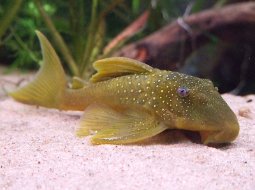


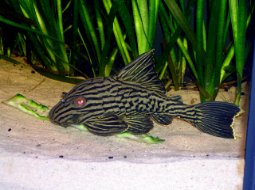
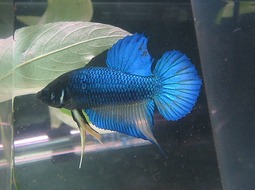

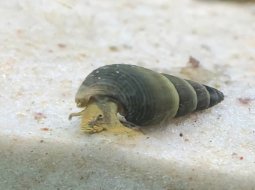

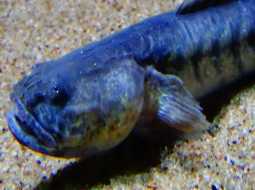
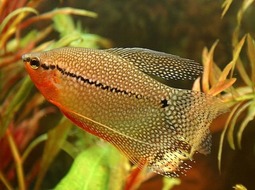

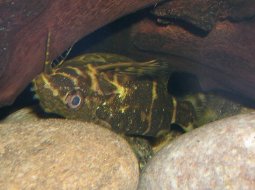
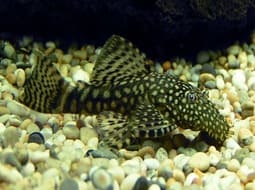
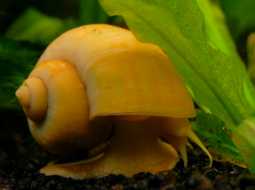
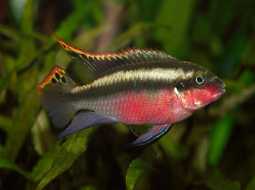
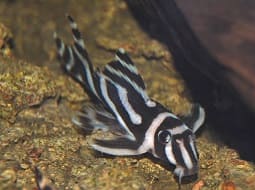



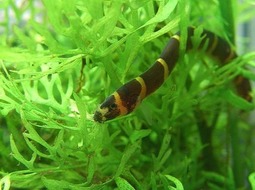

.jpg)

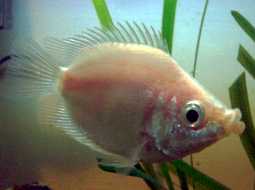

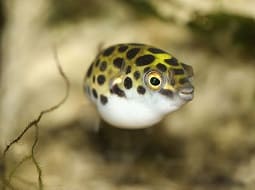
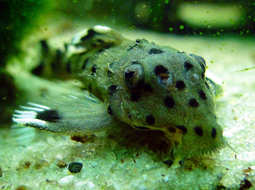
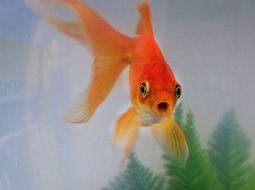

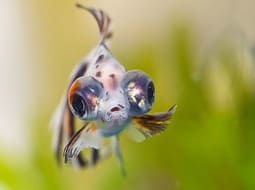



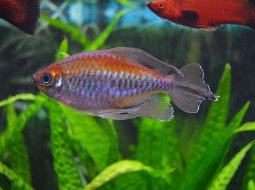
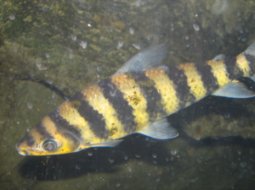
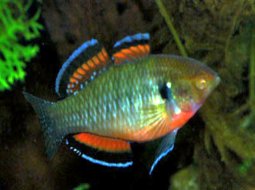

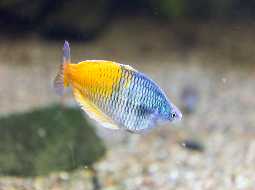

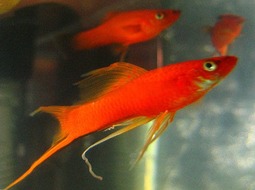
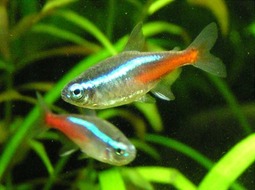
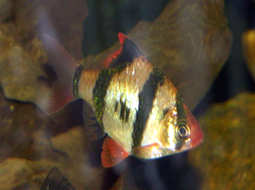
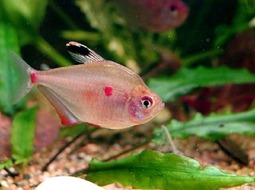

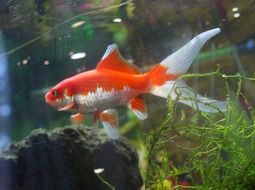
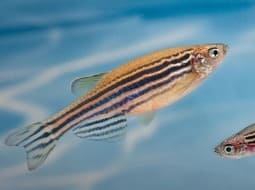
.jpg)
